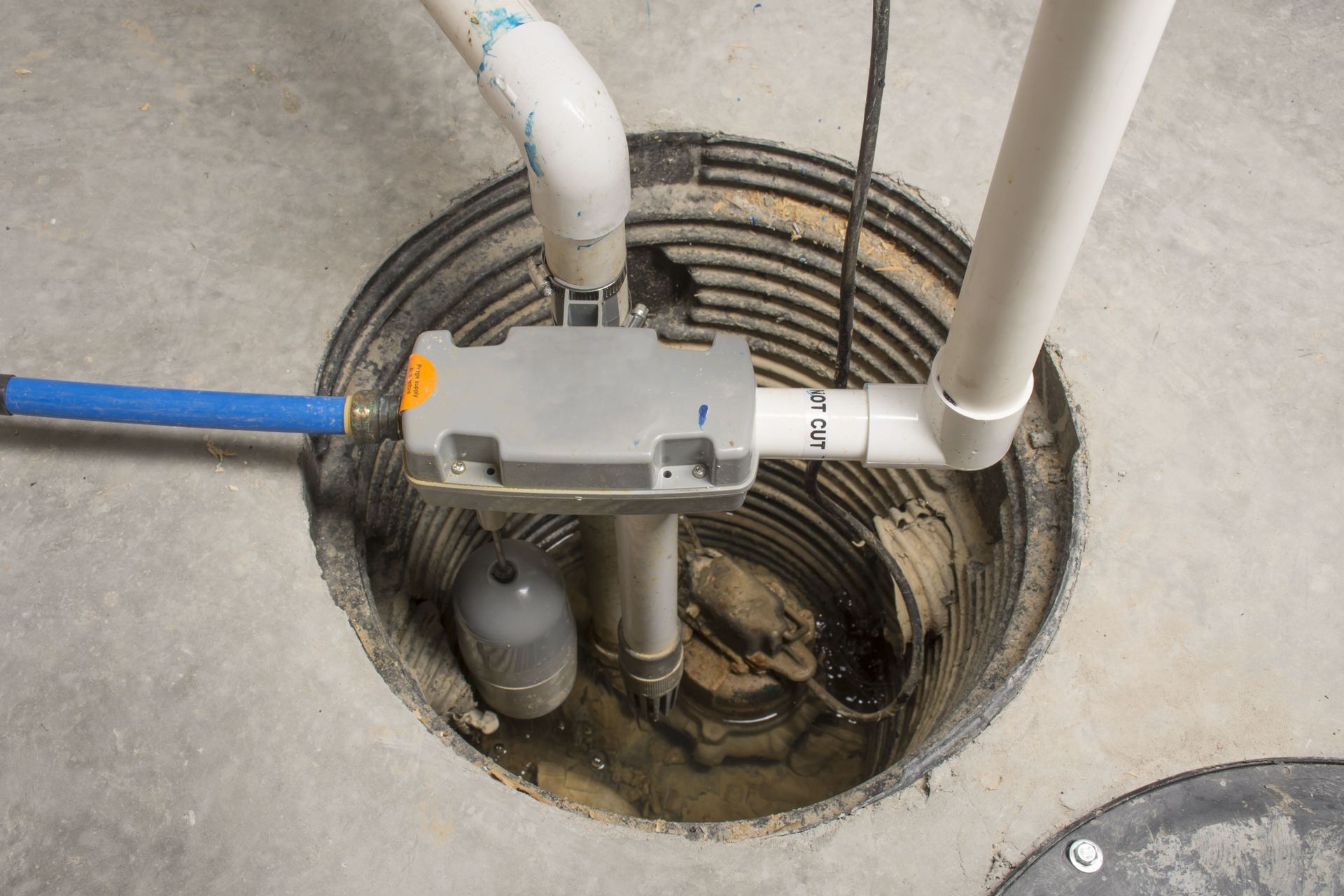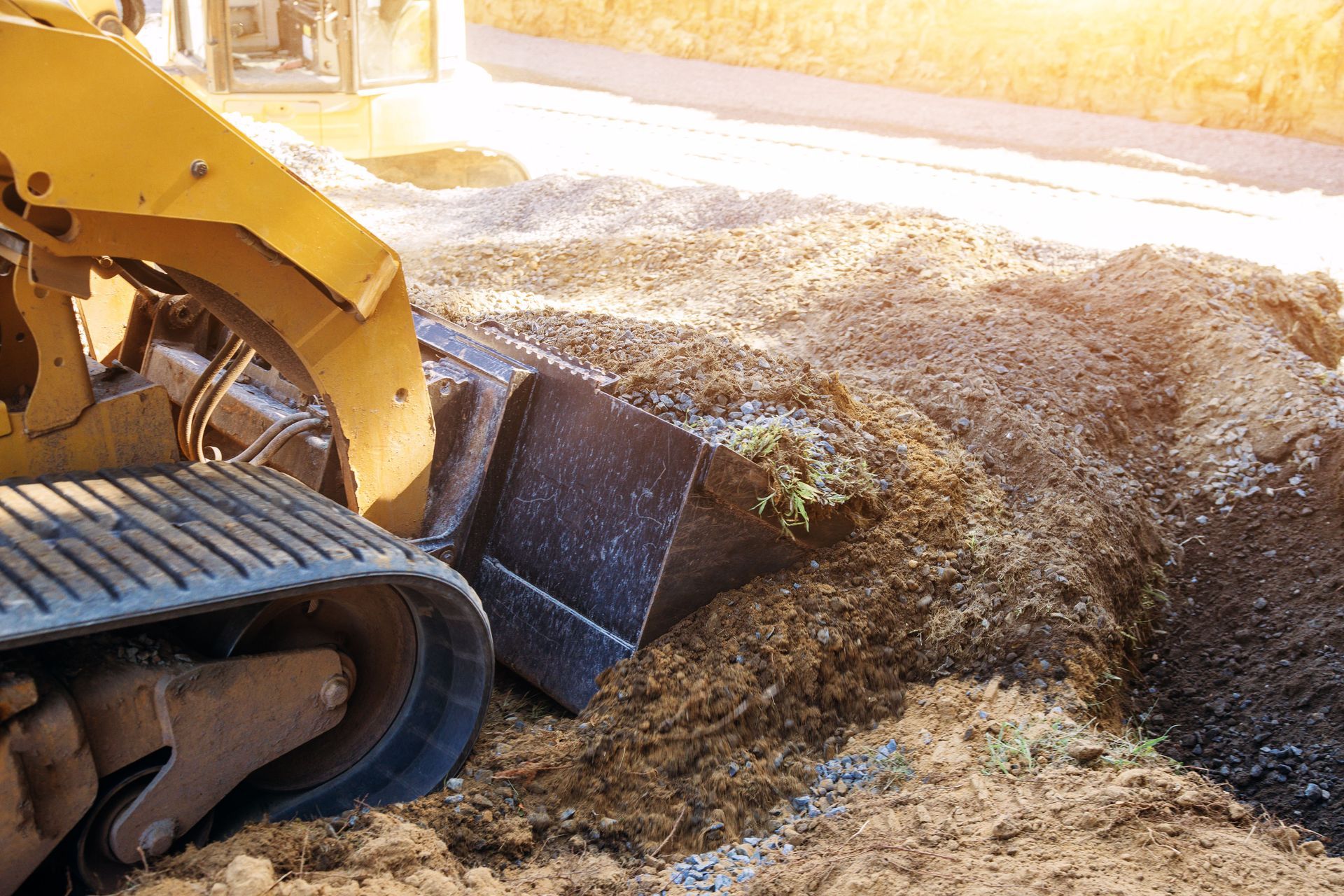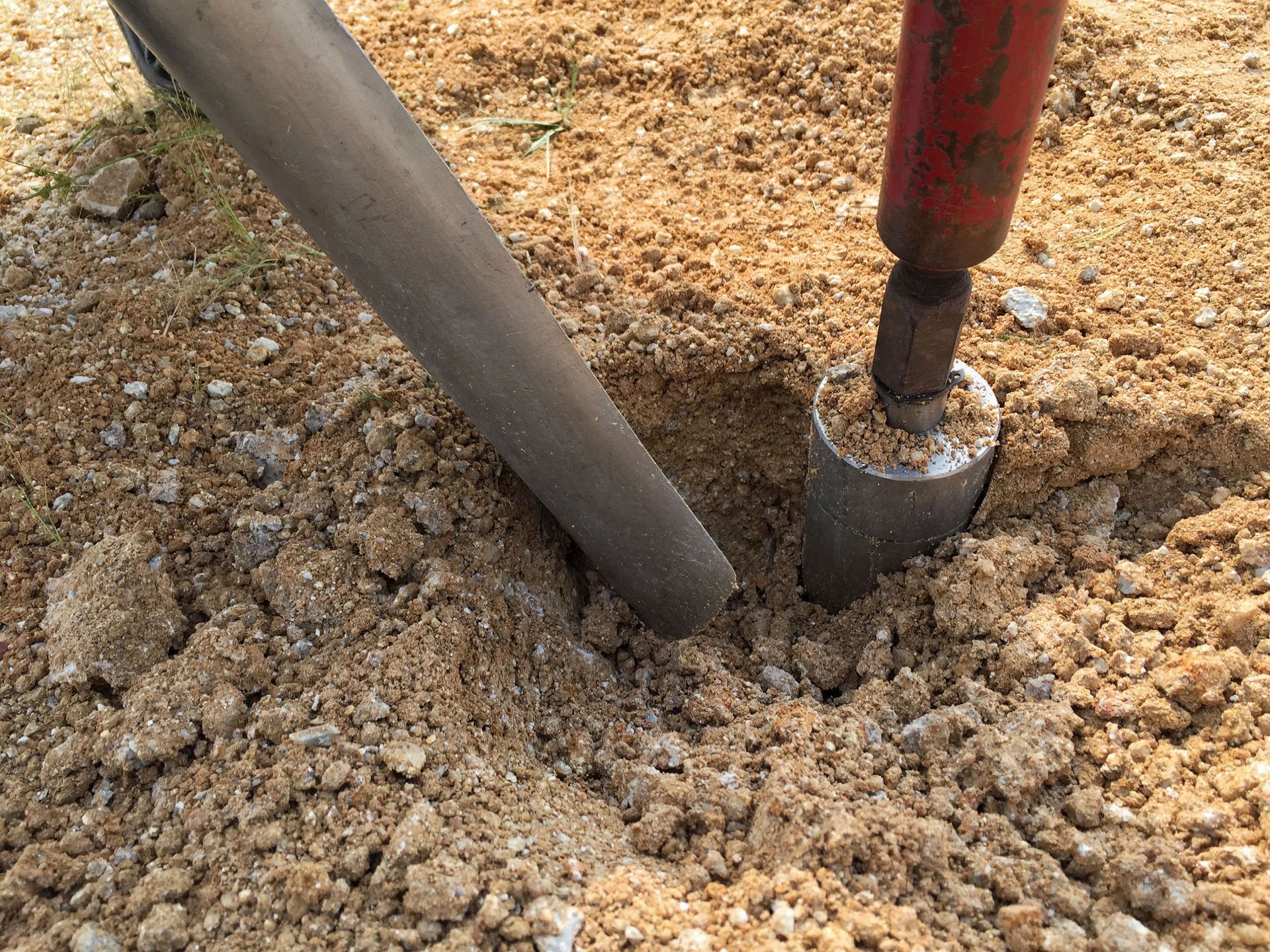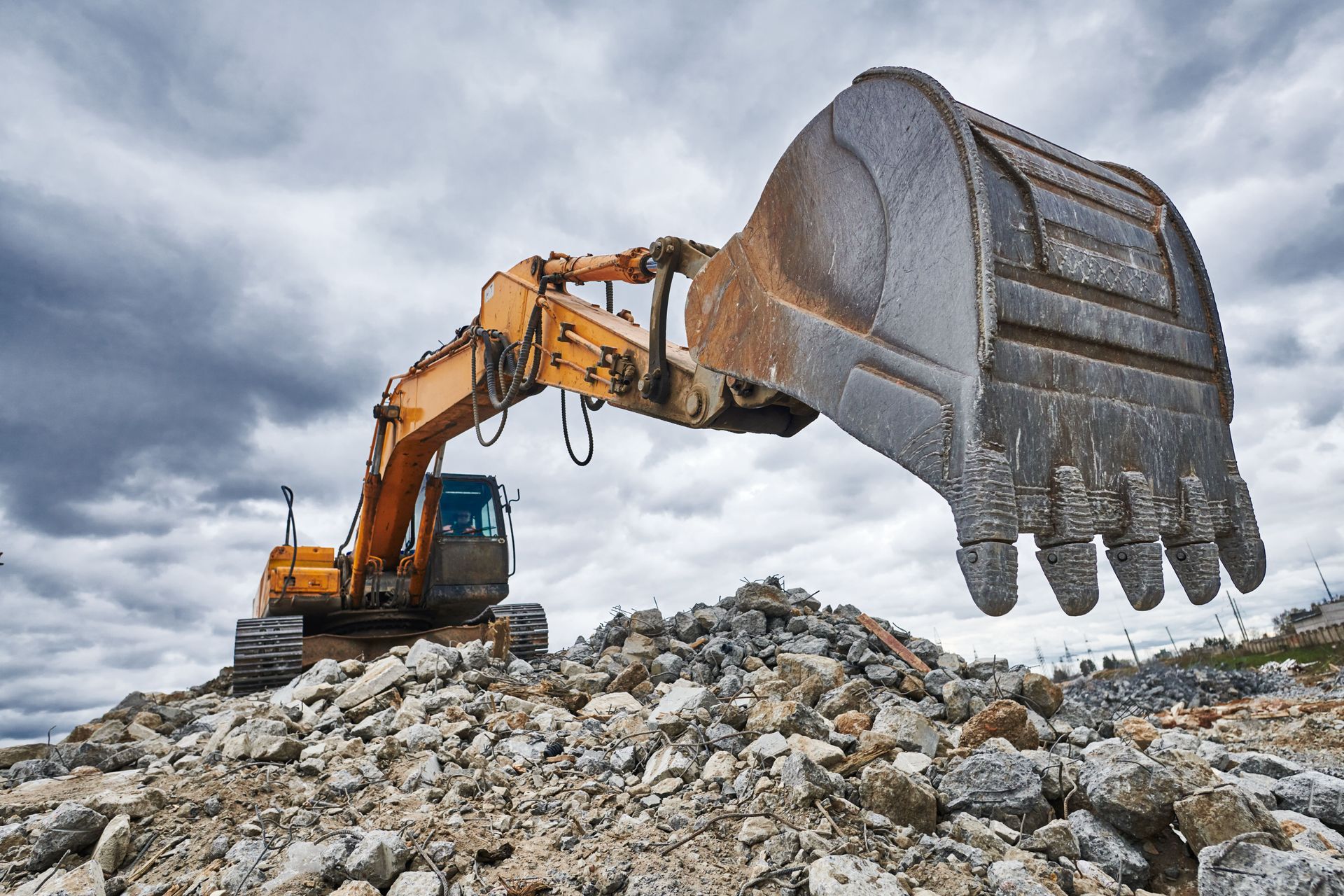Things Homeowners Should Know About Septic Installation
By Stephen Kempenar | October 10, 2025
Understanding septic installation is crucial for homeowners who are considering installing a septic system on their property. Proper knowledge can ensure efficiency, compliance, and long-term sustainability. Septic systems play a fundamental role in safely and effectively managing household wastewater. For many rural homeowners, they are a critical infrastructure need due to the lack of municipal sewage systems. Thus, having a comprehensive understanding of how these systems work is valuable beyond the initial installation.
Investing in a septic system entails both financial and time commitments, and improper installation can lead to costly repairs down the road. By gaining insight into the workings of septic systems, homeowners can make informed decisions and potentially avoid common pitfalls. Septic installations are more than just construction projects; they represent long-term investments in home safety and environmental stewardship.
The nuances of septic systems often bewilder new homeowners. However, by exploring each aspect in detail, this guide will break down the intricacies of septic system installation into digestible information. By the end of this article, homeowners should feel empowered to oversee the installation of a septic system with confidence and competence.
Understanding the Fundamental Components and Functions of Septic Systems
A septic system is an underground wastewater treatment structure commonly used in rural areas without centralized sewer systems. It uses a combination of nature and proven technology to treat household wastewater from bathroom drains, kitchen drains, and laundry activities. Its primary purpose is to separate solids from liquids in the wastewater, allowing for the gradual biological breakdown of waste. Once treated, the wastewater is discharged from a drain field, redistributing the liquid back into the soil. Understanding the functionality of septic systems helps homeowners appreciate their importance in maintaining household hygiene.
In navigating septic installations, familiarity with key terminology is indispensable. Terms like "leach field" or "drainfield" refer to the area where treated wastewater is discharged. "Anaerobic bacteria" are bacteria that thrive in the absence of oxygen and are vital for breaking down waste in septic tanks. "Effluent" denotes the liquid waste that exits the septic tank into the drainfield. Moreover, "scum" and "sludge" are layers of waste inside the septic tank that require regular monitoring and removal. These terms form the foundational knowledge for successful septic installations.
Evaluating Property Needs and Selecting the Optimal Septic System
Choosing a septic system requires an assessment of various aspects of your property. One factor is the size of the household, which determines the required capacity of the septic system. According to This Old House, an average 1,000 gallon septic tank is recommended for a two- to three-bedroom house. Another consideration is the presence of groundwater, which influences system location. Homeowners must also consider soil type, as some soils percolate better than others, affecting the system's performance.
Assessing soil and site conditions is a critical step in deciding the type of septic system to install. The permeability of the soil will influence how quickly effluent is absorbed during the treatment process.
Sandy soils allow for better drainage than clay soils, which could lead to backup issues. Site slope also plays a role in installation; a steep site may necessitate a pumped system rather than a gravity-fed system. Exploring these factors ensures system efficiency and prevents environmental concerns. Professional contractors bring invaluable expertise during these assessments, guaranteeing successful septic installations.
Navigating Local Regulations and Permitting for Safe Septic Installations
Obtaining the required permits is one of the initial steps in septic installations. Most local jurisdictions require permits before starting any installation work. These permits ensure that proposed plans meet local and environmental safety standards. Typically, this involves submitting soil tests, site evaluations, and design plans. Handling the permit process upfront ensures that there are no delays or complications later in the project, keeping septic installations on track and fully compliant.
Collaborating with local authorities and health departments is indispensable throughout the installation process. Building a strong rapport with these entities can facilitate smoother interactions and quicker approvals. Authorities act as a resource for homeowners to understand regulatory changes. They also provide inspections and approvals at different stages of the project, verifying that the installation is proceeding according to approved plans. This level of oversight enhances the reliability and quality of septic installations.
Managing the Installation Process for Optimal Septic System Performance
Site preparation involves clearing the designated area and ensuring the landscape is suitable for installation. Contractors usually conduct a thorough site assessment to identify potential challenges. This step often involves marking out the system's components like the tank and drainfield locations. Earth-moving equipment may be required to achieve proper grading. Proper site preparation is crucial in avoiding complications during septic installations and helps ensure long-term system efficiency.
Once installation is complete, various tests are conducted to ensure system functionality. Initial tests involve flushing water through the system to check for leaks and proper flow. Additional checks confirm compliance with local health and environmental standards. Some systems may require advanced diagnostic tests to verify optimal performance. Ensuring operational success at this stage is essential for confident use of the system and sets the stage for successful septic installations.
Maintaining Your Septic System for Longevity and Efficiency
Septic systems require regular inspections to continue functioning properly. Professional inspections annually are recommended to monitor system health. Regular pumping of the tank removes accumulated sludge and scum, typically every three to five years depending on household usage. Following a routine maintenance schedule can prevent common problems such as clogging and sewage backups. These efforts are essential to preserve the results of septic installations and extend system lifespan.
Using septic-safe products is another key factor. Many household cleaners and personal care items can negatively affect the microbial balance necessary for proper waste decomposition. Products labeled as septic-safe are formulated to preserve these critical bacteria. Choosing the right products ensures that your system remains healthy, safeguarding the investment made during septic installations and promoting long-term reliability.
Troubleshooting Common Issues with Septic Systems
Septic system issues can arise unexpectedly, but warning signs often appear first. Slow drainage in sinks and toilets can indicate potential clogs. Foul odors near the drainfield may suggest problems in waste breakdown. Persistent wet areas in the yard may signal drainfield saturation. Recognizing these warning signs allows homeowners to address issues early, preventing costly repairs and maintaining the value of septic installations.
Additional resources are available for homeowners seeking guidance on septic systems. Local health department websites provide manuals, best practices, and contacts for licensed contractors. Online forums allow homeowners to exchange experiences and tips. Consulting credible sources and professionals is an essential aspect of ongoing maintenance, ensuring that septic installations continue to perform reliably over time.
A well-planned and maintained septic system is a long-term investment that provides reliable waste management for your home. Understanding key aspects of septic installations allows homeowners to ensure a smooth and successful process. Whether it involves selecting the right system, navigating regulations, or maintaining proper function, each step contributes to a dependable system.
Taking a proactive approach to septic system care is cost-effective and supports a sustainable home environment. Regular inspections and timely maintenance preserve the benefits of the installation. By investing effort into understanding and managing their septic systems, homeowners enjoy years of efficient, reliable waste management while maximizing the value of septic installations. If you're in need of quality septic services, contact BTSK Excavating LLC today!





Share On: